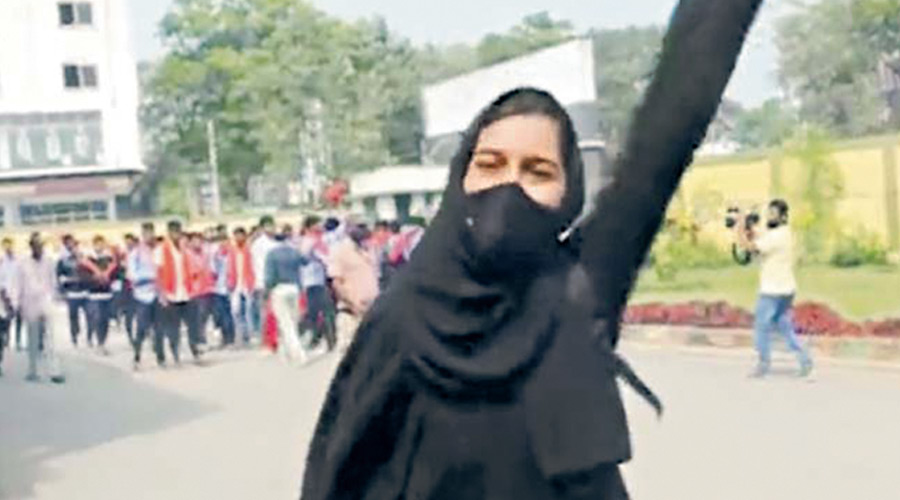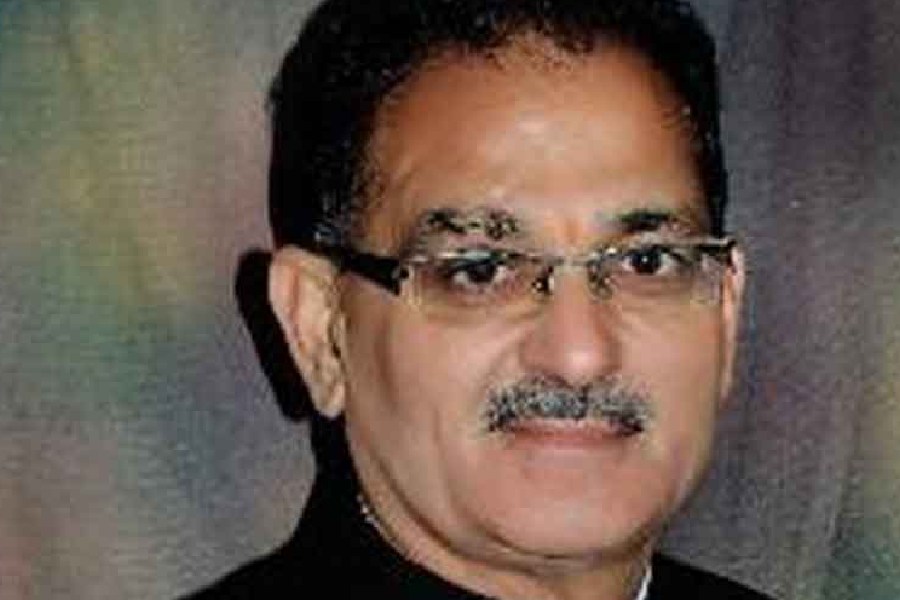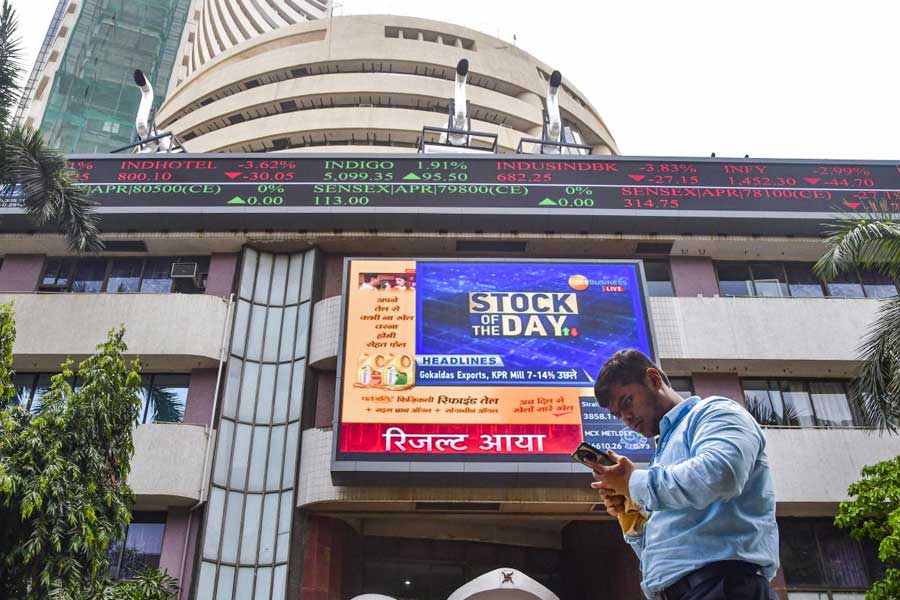The hijab controversy is welcome. What we were witnessing is the coming to the fore of underlying, potentially conflicting, differences. Solidarity is constrained by its potential to become hegemonic. Differences, therefore, are necessary to check hegemonic solidarity. The secular-progressive way of negotiating with differences is to allow them to lie dormant. The controversy, ignited through orchestrated demonstrations, indicates the emergence of a new narrative. It signifies a change from the earlier social equilibrium — referred to as the ‘Nehruvian consensus’ based on humongous gaps in the social power of different caste and religious groups — to a new fluidity that is the result of seven decades of democratization.
Let’s begin with the practice of wearing the hijab. Religious texts are hermeneutic readings that allow for multiple meanings. This is the reason why they endure. The hijab has regressive connotations of control over women’s bodies and sexuality. However, as women began to gain education and autonomy and became visible in public spaces, they symbolized neutral cultural practices. Women who claim to wear the hijab out of choice embody this space even though their choice is accompanied by communitarian sanctions. The veil, thus, becomes porous, literally and figuratively, allowing for it to be interpreted differently.
Even as this internal churning continues, we have the ‘external’ gaze — that of the majority community — which reads it as a legitimate assertion of cultural autonomy but also as an illegitimate claim on public spaces. In a society where the majority community is steeply divided across caste lines, any form of visible and demonstrative homogeneity becomes a cause of potential threat. This leads to the creation of a potential conflict between a dispersed majority and a ‘unified’ minority.
It is at such a transitory moment that Hindutva politics is making headway by mobilizing the conflicting meanings and undermining dialogue. In the process, Hindutva wishes to re-inscribe the regressive meaning of cultural practices. In doing so, it gives more space to regressive sections within religious minorities, giving conservative meaning-making a new lease of life.
Hindutva politics is a provocative reminder that Muslims had a trade-off between social rights and cultural rights in favour of the latter. Today, they are ostensibly making a different offer to trade-off cultural rights and religious practices in favour of social rights. This is not only modern but also a plea for greater solidarity between the communities. The only other choice would be to withdraw from modern institutions and take the blame for being segregated, even as Hindus are encouraged to don religious symbols on their sleeves. Hindutva is riding roughshod on this deeply-felt need for a sense of solidarity in socially- differentiated societies. It is using this opportunity to portray solidarity as uniformity and uniformity as muscular domination of the majority over the minority.
The best possible method of responding to the manufactured crisis is to create a narrative with multiple registers. It should be able to resignify differences to foster greater solidarity. This is possible when communities begin to mutually recognize the anxieties that are making sectarian mobilization easy. Hindutva politics, unlike secular-progressive constituencies, seems to sense this possibility and is thus blocking it by creating a constant threat perception. If we fail to respond to the immediacy, we will be in a social context that will be difficult to make sense of, leave alone transform it for the better.
Ajay Gudavarthy is Associate Professor, Centre for Political Studies, JNU










